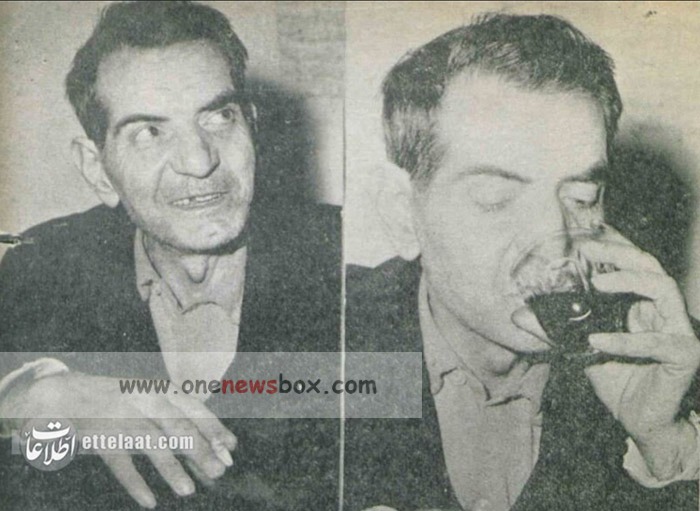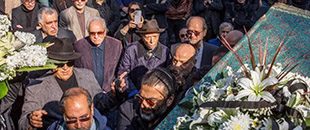The “Heydar Babayeh Salam” Phenomenon
One of Shahriar’s most celebrated works is the Azerbaijani Turkish poem, “Heydar Babayeh Salam” (Greetings to Heydar Baba), composed between 1950 and 1953. The poem reflects his nostalgia for childhood, his love for rural life, and the emotional richness of his Azerbaijani heritage. “Heydar Baba” is a symbolic figure, representing both a physical mountain and a metaphorical father figure. The poem was widely received in Iranian and Azerbaijani circles, heralded for its rhythmic beauty, oral tradition, and emotive power.
“Heydar Babayeh Salam” became a cornerstone of Azerbaijani literature, not only in Iran but also across the border in the Republic of Azerbaijan. Its accessibility, musicality, and cultural significance earned Shahriar a special place in the hearts of the Azerbaijani-speaking public.
Another Turkish masterpiece, “Sahandiyeh,” further explores themes of homeland, nature, and philosophical introspection, focused again on Mount Sahand, which had become a sacred image in Shahriar’s poetic worldview.
Love and Devotion
Shahriar’s life was permeated by two great loves: one worldly, the other spiritual. His youthful romance with Soraya inspired a lifetime of melancholic verses that hover between longing and despair. After this heartbreak, Shahriar remained single for many years, focusing on spiritual growth and artistic expression.
Eventually, in 1953, he returned to Tabriz and married his cousin Azizeh Abd-e-Khaleghi, a union that brought him peace and familial joy. They had three children: Shahrzad, Maryam, and Hadi.
But the most enduring love in his poetry is reserved for Imam Ali. The ghazal “Ali Ey Homaye Rahmat” is one of Shahriar’s most revered poems, dedicated to the nobility, justice, and spiritual grandeur of Imam Ali:
Ali O Homaye Rahmat, what a sign of God that you have cast all the shadow of Homa on Masawa
If the heart knows God, all in the face of Ali, I have recognized Ali, I swear to God.
This ghazal became so famous that it entered Iranian religious and popular culture, often recited in spiritual gatherings, and was even reportedly heard by the prominent jurist Shahab al-Din Mar’ashi Najafi in a dream—a testament to the poem’s perceived spiritual depth.

